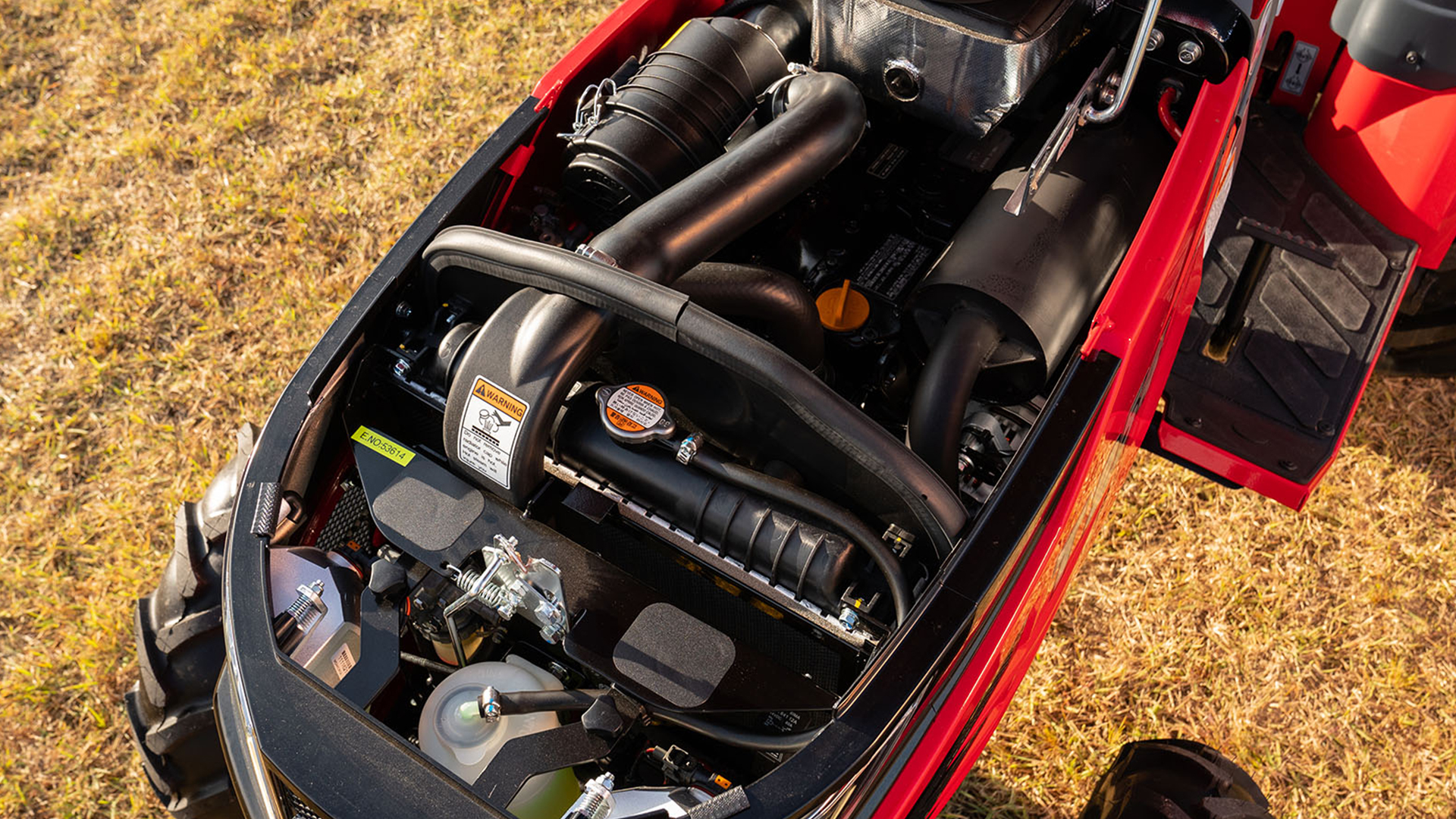
The tractor you have just received can have some battle scars from heavy-duty tasks performed in its previous life. Performing a safety check and a minor service can help you spot signs of damage and repair any small issues.
And while accidents cannot be prevented, these two steps can significantly help reduce the risk of it from happening when you’re out in the middle of your land or even any minor problem from becoming a significant financial burden in the future.
Perform a safety check
- Look for any signs of wear and tear on the overall appearance of your tractor.
- Check for any signs of leak — gas, oil, or water.
- Check if any of the wirings is frayed or damaged. Replace any of these if needed.
- Inspect the tires for any signs of cracks or wear.
- Check if the steering is too tight or loose. Linkage to the steering column should be tight.
- Go for a test drive and ensure the clutch, brakes, hydraulic lift, and PTO work properly.
- Make sure the ROPS, seatbelts, and controls are all fitted well, and nothing is loose.
For the full safety checklist, read our daily maintenance checklist.
Perform a minor service
- Check when the tractor last had its service.
- Inspect the engine for any top-ups and refills.
- Make sure the engine oil levels are enough as the owner’s manual advised.
- Inspect the radiator coolant and top-up if necessary.
- Replace the fuel filter if there is any contamination.
- Check if the fan belt and the radiator hose clamp are loose. Replace if needed.
- Inspect the chassis of your tractor.
- Check if the transmission and front axle oil levels are up to the advisable level. Check the owner’s manual for reference.
- Make sure the brake pedals and levers are working and are in good shape.
- Lubricate all grease zerks. Refer to the owner’s manual to check hidden grease spots that can be easily missed.
To learn more about tractor maintenance service, check out our milestone service checklist.
Great! You’re done making sure your tractor is as safe and ready as possible. Before you put your first tractor to the test, consider these safety procedures to help avoid any accident.
Safety tips while driving your tractor
- Securely fasten your seatbelt if the tractor has a ROPS.
- If possible, avoid driving the tractor near ditches, embankments, and holes.
- Reduce speed when turning, crossing slopes, or driving on slick or muddy terrain.
- When driving, stay alert and always be aware of roadblocks, like tree stumps or bumps.
- Until you are more familiar with driving your tractor, avoid having other riders hitch a ride.
- Drive as smoothly as possible by avoiding jerky turns, starts, or stops.
- Observe the three points of contact rule when going in and out of the tractor.
- Hitch only to the drawbar and hitch points recommended by the owner’s manual.
- Set the brakes securely whenever you stop the tractor.
Now you’re all set! Remember to perform safety checks and minor services regularly, and always practice safe driving to keep your machine’s lifespan longer.
Check out the owner’s manual of your tractor to learn more about proper maintenance, service, and a wealth of other information. If an owner’s manual did not come with your tractor, feel free to visit the TYM website to download your model’s manual.